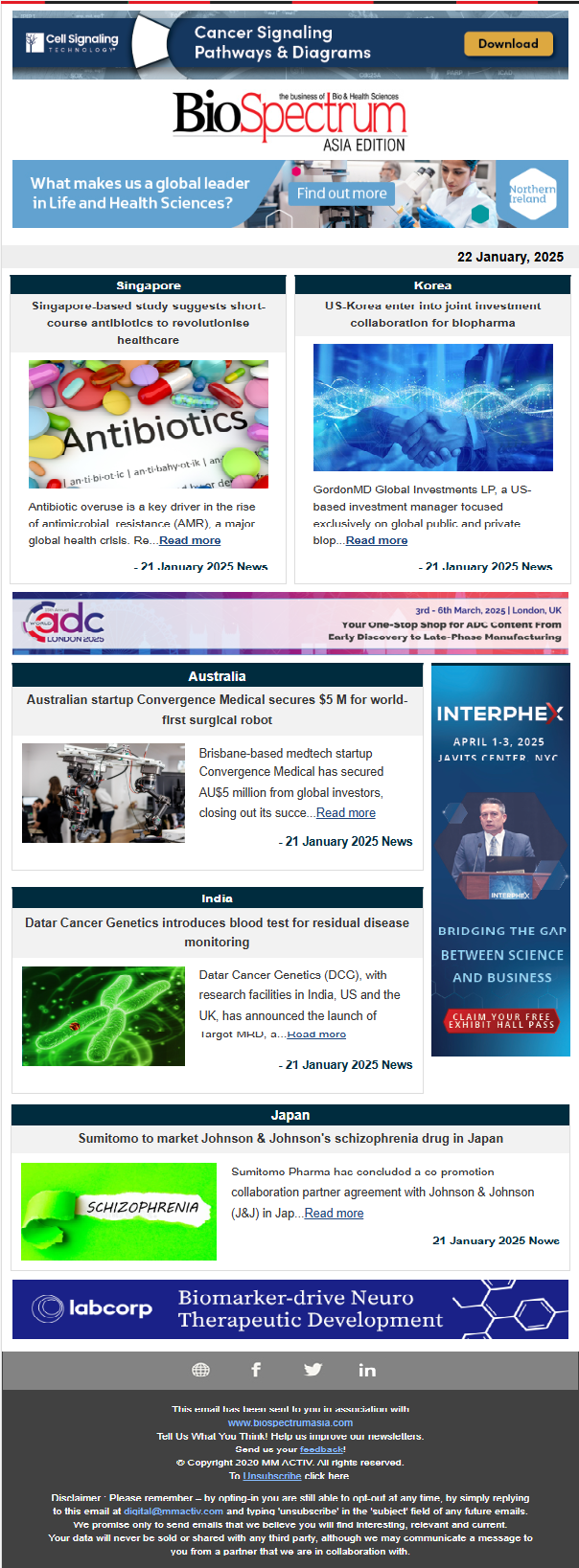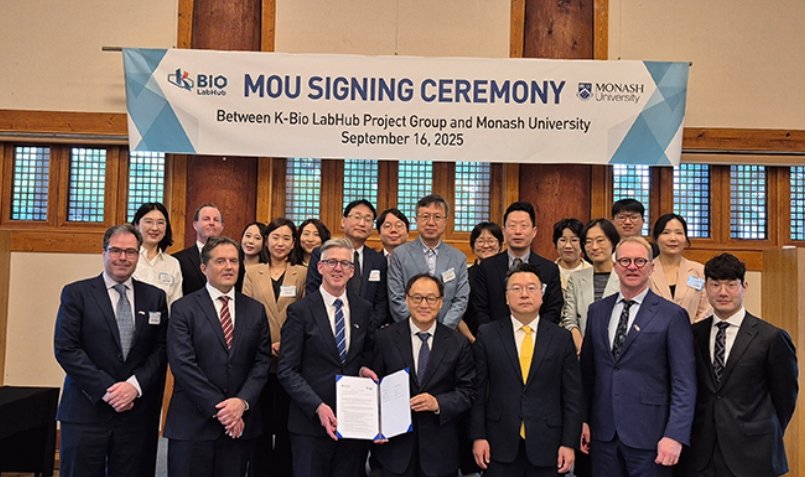
Source: Pixabay
Market research firm Evaluate Pharma, in its annual World Preview report, projects a global growth rate of 6.3 per cent CAGR for the pharma industry through 2022, up from the 5 per cent CAGR it predicted last year for the 2014-2020 period. These figures look so promising to any individual who looks forward to make a bright career in the pharma industry. However, it’s not so rosy out there with many pharma companies axing jobs and announcing site closures. The phrase ‘hire and fire’ best describe the heady jobs, fat pay and exciting opportunities that come with a high risk of losing it all. While companies argue that restructuring, setting priorities and workforce optimization is part of a natural growth process, the high number of layoffs last year have left many industry experts and employees baffled.
As I write this today, Isreali drug giant Teva’s CEO has announced that Teva will close or sell six plants in 2017 and another nine in 2018. The firm has also decided to pull out from some markets by the end of 2017. The move is expected to impact nearly 7,000 workers globally, few job cuts have already begun in 2016. “Given the current environment, we have had to take swift and decisive actions. We are focused on executing meaningful cost reductions, rationalizing our assets and maximizing their value, actively pursuing divestiture opportunities and strengthening our balance sheet. We will continue to take action to aggressively confront our challenges,” the company’s interim CEO Yitzhak Peterburg said in a statement. The company reported a net loss of $6 billion for the quarter, compared to a net income of $188 million in the same period a year earlier.
Teva is not alone. After a buoyant 2015 which saw very few job cuts, many big pharma ended 2016 on a sour note, bidding painful goodbyes to many employees. Blame it on M&A, patent cliff or drop in sales, many massive pharma companies continue to slice and dice sections of its employee base. With ever rising demand for healthcare and medicines, it may seem like the pharmaceutical industry will never experience downsizing and restructuring, but job cuts are happening all over the place. For any organization to succeed talented workforce is as important as money, vision and an innovative idea. With global increase in demand for medicines and quality healthcare services, the field of life sciences has become a trillion-dollar sector, attracting many people to pursue this discipline. Realizing the importance of skilled workforce big pharma also invests millions each year in training workers and recruiting new employees. So what is causing the big pharma job cuts?
“There are several factors contributing to downsizing the workforce in pharma industry,” explained, Sanjeev Kumar, Industry Manager-Asia Pacific, Transformational Health: Life sciences, Frost & Sullivan, Kuala Lumpur, Malaysia “Some of the leading reasons are-Consolidation in market – M&A, Strategic alliances, Downsizing R&D, depleting R&D pipeline, Outsourcing of services such as Clinical development and manufacturing, Changing customer base is impacting the sales force.”
After mergers, layoffs follow
Global M&A transactions in the pharma industry are increasing every year since 2007. And it’s likely that 2017 may even be a bigger year for deal making -- already we have seen a number of very high profile merger announcements (think Pfizer’s $17 billion acquisition of Hospira in 2015). Executives call it synergy, and sometimes that’s true. But what it inevitably means is job loss, as companies cut back on people in the areas where the newly joined corporations overlap. In most cases, layoffs are a sure outcome of mergers and acquisitions and this should not be surprising as in order to achieve efficiencies and cut costs, companies opt for consolidation.
“In an M&A situation the R&D of the acquired company is usually the object of the acquisition, and so tend to be safe in the immediate aftermath of the acquisition, said Ravi C Dasgupta, founder, RCD HR Consulting. “ However, it may lead to shutdown of some manufacturing sites, job cuts of filed force members. In many situations even the top management is at risk as there can’t be duplication of roles at the top. At times there is investor pressures to control costs and this may lead to some expensive R&D programmes getting chopped leading to layoffs. R&D programmes often need constant interaction with marketing and top management; which may not be possible when an R&D site of an acquired company is in a different geography. Such programmes may sometimes suffer for lack of attention from the top and may eventually get shelved.”
Earlier this year, Japanese drug giant Takeda acquired Cambridge based biotech firm Ariad Pharmaceuticals for $5.2 billion. More than half of Ariad Pharmaceuticals’ (approximately 300) are at a risk of losing their jobs as a result of the merger, said a spokeswoman for the Japanese drug maker.
Dasgupta noted, “One of the main reasons for M&A in the pharma industry is the drying up of new product pipelines. When pharma majors see that some blockbuster molecule is due to come off patent in the near future, and do not have something equally promising to compensate for the resultant drop in sales, they tend to dig into their deep pockets and explore M&A options instead; hoping that the acquired company has a better pipeline. As such a company is not going to come cheap, there is a perceived need to justify the high cost of acquisition by offsetting it against some savings. This is usually done by consolidation of operations and reduction in headcount of the merged entity. The actual savings rarely match the projections at the time of the acquisition; but that is another story.”
R&D Downsizing
Japanese drug maker Daiichi Sankyo recently announced plans to pull down the shutters of its Indian R&D centre in Gurgaon, as part of its global restructuring program. The move is expected to impact nearly 170 employees working at the centre. The shutdown in India follows Daiichi’s closure of UK and Germany R&D sites as the company plans to consolidate its R&D activity to drive down costs. Last year, Novartis announced plans to shut down an R&D facility in China and move a second from Singapore to the US as part of a wide-ranging revamp of its research base. Earlier this year, Alexion pharmaceuticals had also announced closure of few R&D programs, impacting 200 people.
It’s estimated that, on average, a new drug coming to the market needs 1,000 people, 12-15 years, and up to $1.6 billion. Pharmaceutical companies are grappling with these scandalous costs and are leaning towards acquiring companies with established pipelines in order to fill up the gap due to patent cliffs. This is leading to reduced interest in sustaining large R&D sites and results in closure of these sites. In recent months and years, in-house R&D operations at big pharma companies have been a near-constant target of job cuts, especially at large firms like AstraZeneca, GlaxoSmithKline, Allergan, Novartis, and Amgen.
According to reports AstraZeneca has cut more than 8,000 jobs, and more than 2,000 in R&D, since 2010 alone. In 2014, AstraZeneca announced the closure of its Bangalore site in India impacting nearly 160 employees.
Sanjeev Kumar observed, “There is a changing business model in the R&D industry. The traditional model of in-house drug development is being shifting towards acquiring the molecules from outside. This trend is helping a lot of small and mid-size pharma companies to focus on innovation and in the process creating a huge need for trained & skilled staff. Hence, a redistribution of resources and talent has become quite common trend.”
The long overall time of pharmaceutical R&D impacts the total R&D costs, the risk of industry rivalry and the uncertainties of generic competition. Principally, a reduction in R&D costs is combined with a release of R&D personnel and outsourcing of R&D activities to service providers in low-cost countries to reduce operational and infrastructure costs.
Today, M&As, collaborations have become increasingly important in the biopharmaceutical sector. Instead of focusing on R&D which is filled with uncertainties, pharmaceutical companies use M&As to compensate revenue losses of blockbuster patent expirations, to access strategically important intellectual property (IP) to fill R&D pipeline gaps. A report says that nearly, 50 % of the R&D pipelines of multinational pharmaceutical companies come from external sources.
Looming Patent cliff
In its report, Pharma 2020, PwC mentioned that the pharmaceutical industry’s long successful strategy of placing big bets on a few molecules, promoting them heavily and turning them into blockbusters worked well for many years. However now the scenario is changing as the industry’s R&D productivity has plummeted and the environment’s changing. In 2016, AstraZeneca’s $7.4 billion sale was under threat when two of its block buster drugs lost patent exclusivity. According to an infographic produced by Dickson Data, in 2017, a total of 22 drug patents will lose protection. Merck is in the hot seat this year, with four major drugs expected to roll off the patent cliff. GlaxoSmithKline had no new approvals and will lose exclusivity on three of its longstanding drugs this year, Arranon, Treximet and Mepron, Dickson data showed. To cope with these huge losses of key revenue sources companies wield the axe to cut costs and sustain business.
Ironically, the biggest problem pharmaceutical companies’ face is their blockbuster drugs. At their peak these drugs bring in billions of dollars in growing revenues, positively impacting the stock price. But as they approach patent expiry - and sometimes even during the lifetime of the drug - competitors jump in and erode their sales. It’s extremely hard to develop a drug that can be a potential multibillion-dollar one, and it is even more difficult to replace it once it’s off the exclusivity list.
Big pharmaceutical companies have to resort to buying pipelines to compensate for the top-line loss that are caused due to patent expires. More often than not they end up paying a hefty premium for it, and all this comes at a cost- mostly job cuts! Loss of patent exclusivity has acted as a key driver for Big Pharma’s trend to cut jobs over the past five years. The year 2010 saw nearly 40,000 job cuts just ahead of a huge patent cliff in 2011-12.
The reduction in pharma jobs and the personal toll incurred by family dislocations or the need to find a new job are terrible. However not everyone’s story ends this way. BioSpectrum spoke to a few people impacted by site closure of AstraZeneca in India. Some people took early retirement, others changed careers. But many moved on to new opportunities and are having great success. Few are in top organizational posts or have started their own ventures. Hence, though layoffs are bad, it helps in redistribution of talent and facilities from bigger companies to smaller companies and startups which is benefitting the industry. All said and done, layoffs in biotech and pharmaceutical companies are predicted to continue, especially now that the industry and its landscape are constantly changing.
Sanjeev Kumar, concluded, “Consolidation has become eminent part of the pharma industry and the resultant restructuring of companies will lead to layoffs. Also business model is changing, customers are changing, ethical issues are being raised etc. These elements will further put a lot of pressure on large pharma companies to restructure themselves.”




